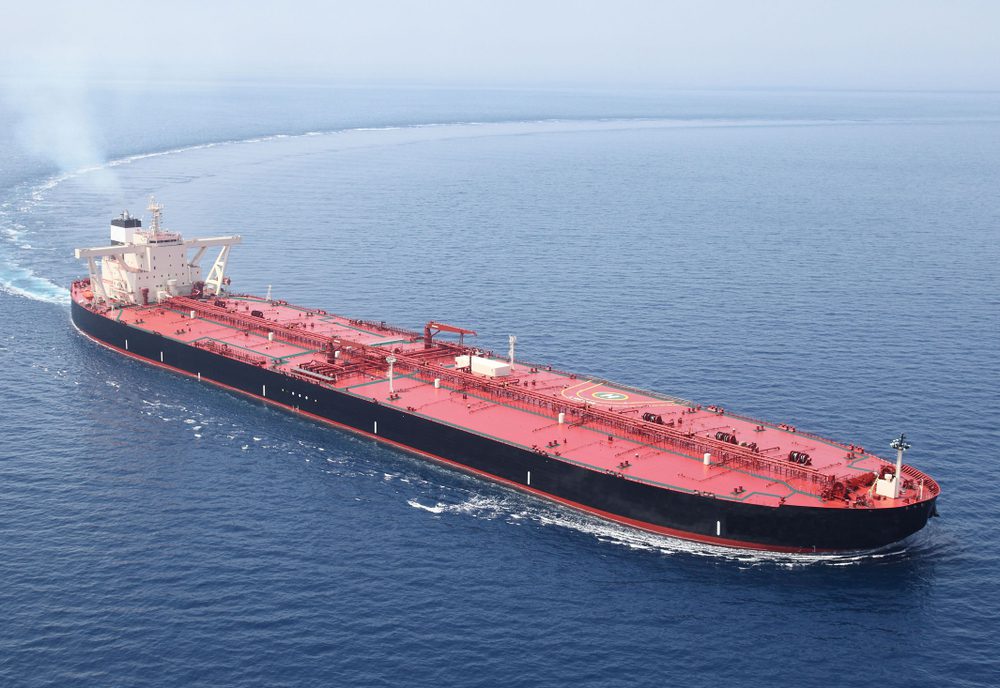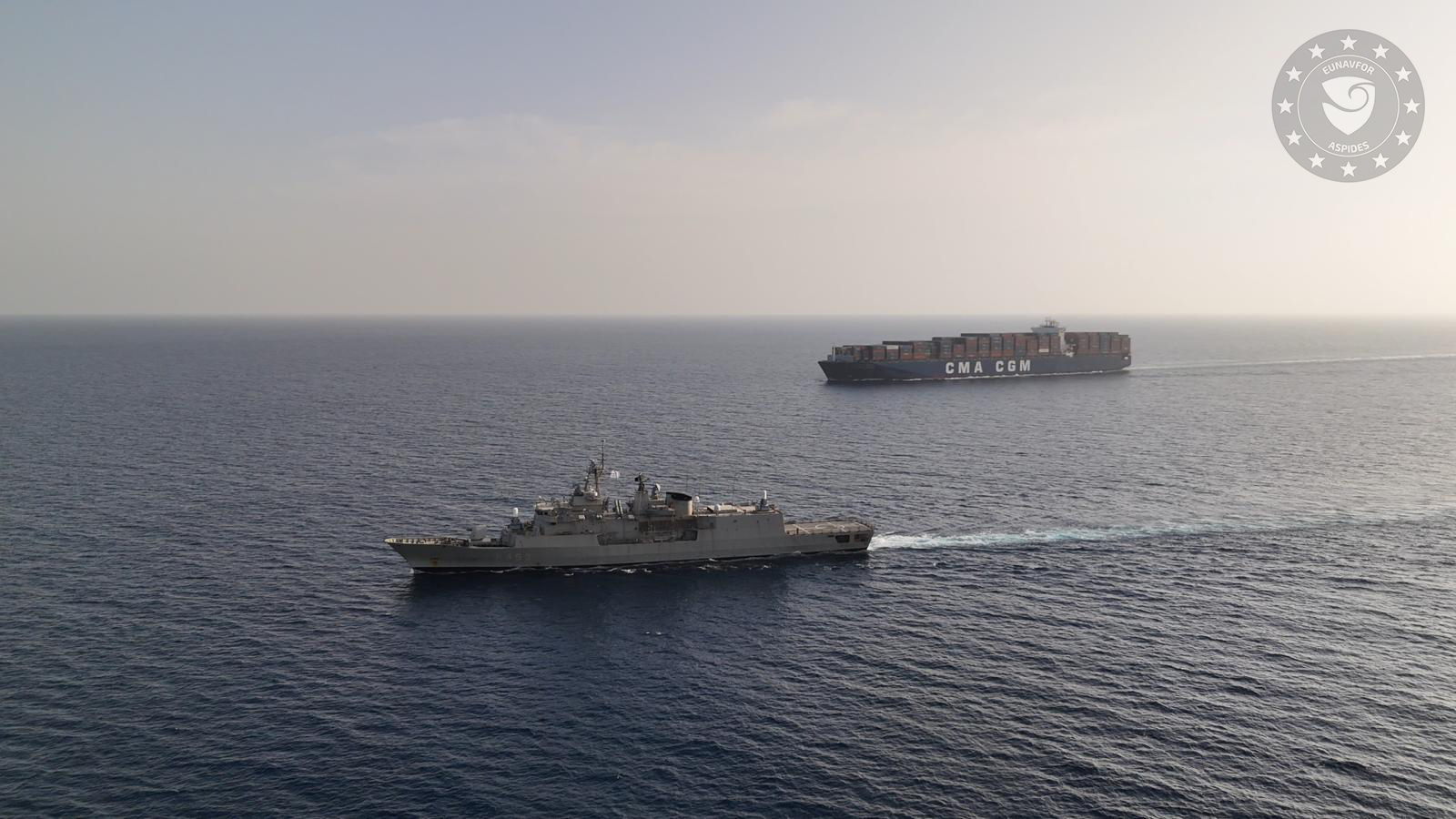Carcinus maenas (aka Green Crab), image by Luis Miguel Bugallo Sánchez
 By Dave Sherwood
By Dave Sherwood
FREEPORT, Maine, May 30 (Reuters) – An invasion of European green crabs, encouraged by rising ocean temperatures, is eating its way north through Maine’s clam flats, threatening the state’s third-largest fishery and an iconic summer treat for tourists.
“If something isn’t done soon, it will mean the death of the clam fishery,” said Chad Coffin, president of the Maine Clammers Association. “I don’t think people understand just how big a problem this is.”
The invasive crabs likely reached U.S. shores in the early 1800s after hitching a ride across the Atlantic on ships, according to scientists. Once here, the crustaceans gradually worked their way to Maine, where they have been present for at least a century.
What has changed the picture, according to clammers, is that warmer water temperatures have created a crab boom, and those crabs are now consuming clam beds like never before.
The state’s soft-shell clams or “steamers” have long been popular with vacationers looking for a “taste of Maine.” The steamers are the state’s third-largest fishing industry, behind lobsters and elvers, worth an estimated $15 million last year.
The green crab is listed among the “worst 100” invaders on the Global Invasive Species Database and is known for its propensity for clams, oysters, mussels, quahogs, and scallops – ocean delicacies long relished by New Englanders.
But climate change has added a new and unpredictable dynamic to the problem of invasive species, say scientists.
A 2010 World Bank report estimated damages from the global warming-fueled spread of invasive species at more than $1.4 trillion annually, or nearly 5 percent of the global economy.
Already, warming temperatures on land and at sea have facilitated the spread of such high-profile invasive species as lionfish in the Caribbean Sea and forest pests like the Asian hemlock woolly adelgid – a tree parasite – in the Eastern United States, both of which have caused extensive economic and ecological damage, say scientists.
“Our own impacts are making these historic and existing invasions even worse,” said Ted Grosholz, a scientist at the University of California at Davis who has studied the spread of green crabs and other invasive species on both coasts.
Green crabs, he says, filled a niche in Maine largely vacant before their arrival – the mucky, formerly crab-less intertidal zone favored by soft-shell clams. “Soft shell clams were sitting ducks,” said Grosholz.
CALL TO ACTION
On Thursday morning in Maine’s island-speckled Casco Bay, low tide and a lifting fog unveiled a vast mud flat as Chad Coffin and Connor O’Neil, both of Freeport, made their way to the clamming grounds.
“We’re realizing that in a single lifetime clams and mussels have disappeared from most of our flats,” said Coffin, who has spent nearly 40 years fishing on the Maine coast.
A Maine clammer might typically earn an annual income of around $30,000.
Coffin said his group had recently begun researching the impact of rising sea levels on the intertidal flats frequented by clams and mussels, but quickly realized there was a more immediate problem. “If there’s nothing left but green crabs, then we’re done, no matter what happens with the ocean.”
Clammers in Freeport lobbied the town, which last year committed $100,000 to efforts at monitoring and controlling crab populations, including trapping, fencing, research and education efforts, said Town Manager Peter Joseph.
In the first “haul” of the season, Coffin said clammers pulled nearly 400 pounds of green crabs from a small area. Already, he said, composters, seafood exporters and even a pet food company have contacted the town seeking to use the crab remains, though he notes few are willing to pay.
Climate-induced disruptions are not new to the Gulf of Maine.
Last year, the state’s hallmark $350 million lobster industry was rocked by drastically warmer spring water temperatures that threw off the timing of the annual harvest, leading to a glut of early-season lobster and plummeting prices.
Coffin said he recognizes the need for further study before cause and effect can be established, but says clammers do not have the luxury of time.
“We used to take and expect Mother Nature to replenish, but that’s a thing of the past,” he said, turning over a clump of mud to expose hundreds of scurrying crabs. “Things are changing fast and it’s getting out of control.” (Editing by Richard Valdmanis and Matthew Lewis)
(c) 2013 Thomson Reuters, Click For Restrictions

 Join The Club
Join The Club











